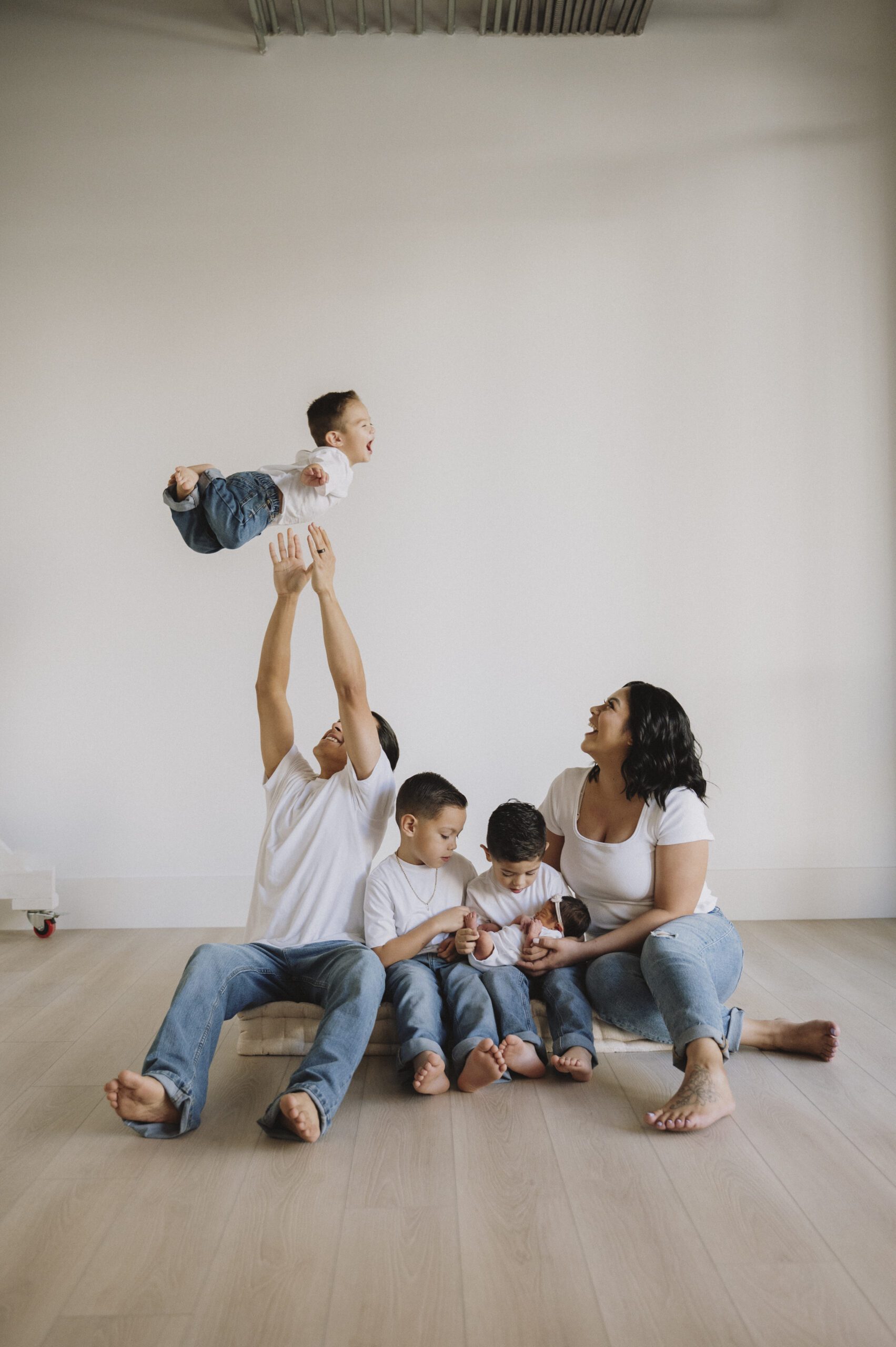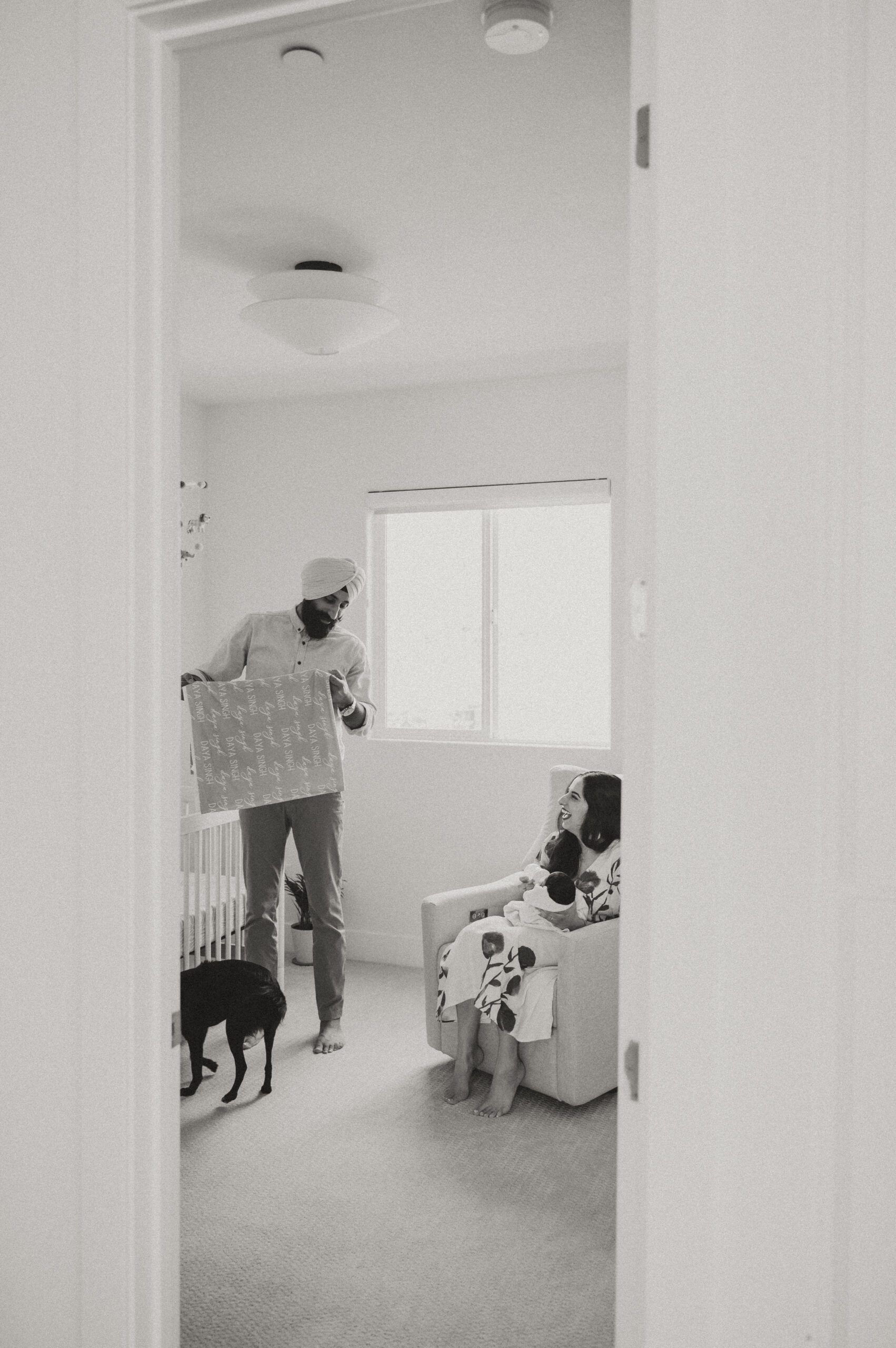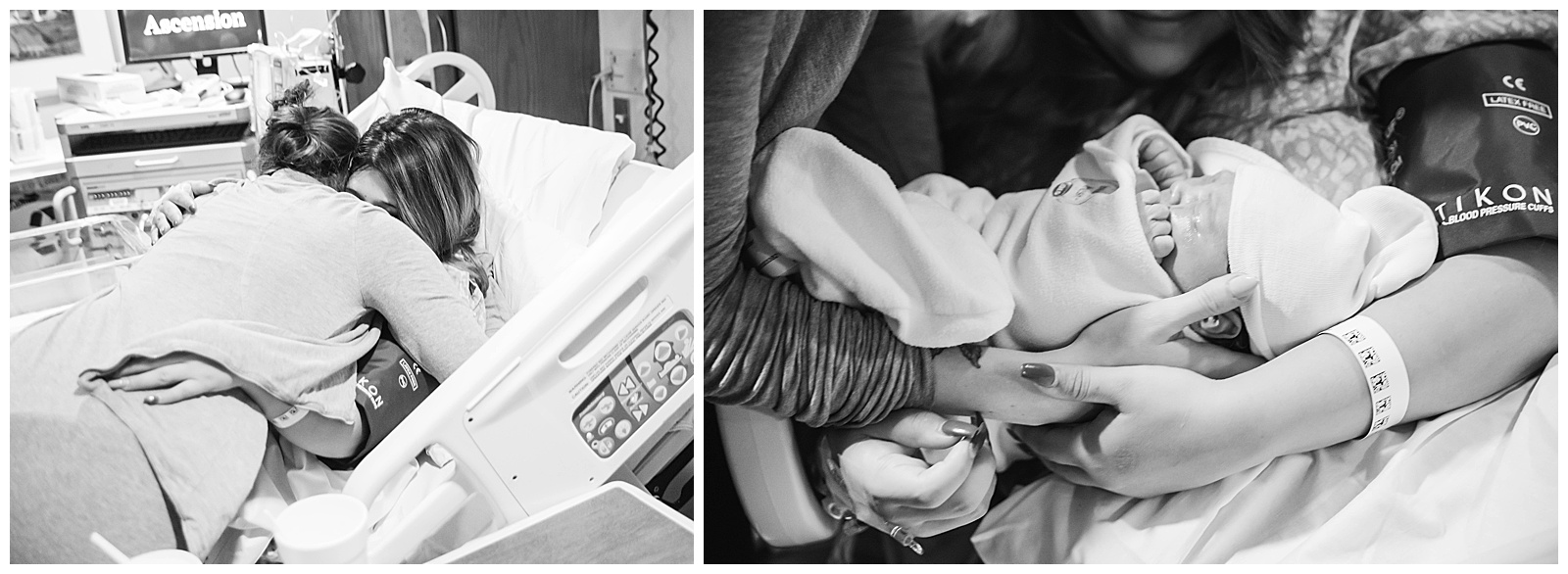
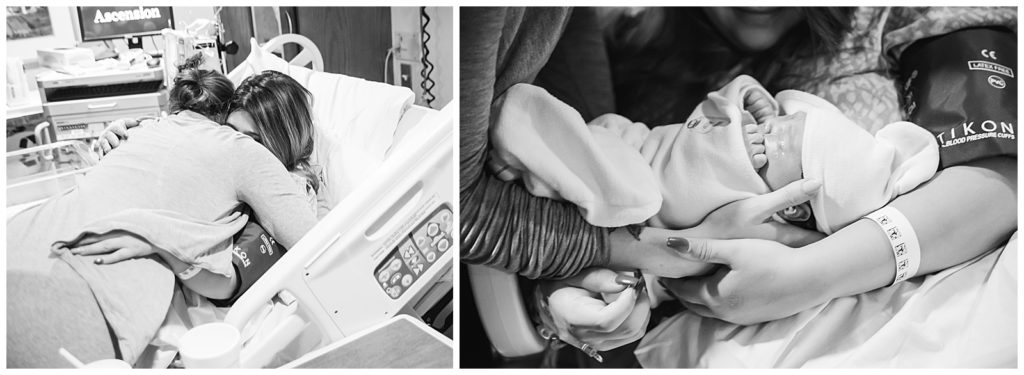
When I was preparing for my first adoption photography session for one of my best friends, I scoured the internet for information. And you know what I found? Not much.
There is surprisingly little information about adoption photography. That’s a problem; because even if you’re a professional photographer who specializes in newborn and family photography, being invited into the humbling space of adoption requires a different set of knowledge.
Here are five things that every photographer should know about adoption photography:
Your Language Matters
It is extremely important to familiarize yourself with adoption language. Words matter, and using terms that are kind and respectful is an easy way to make those you interact with feel seen and valued.
Terms like “prospective adoptive parents” (instead of “hopeful adoptive parents”), “expectant mother” (rather than “birth mother”), and “placement” (instead of “giving up”) should be used instead of their alternatives.
Additionally, the term “birth mother” should never be used unless papers have been signed to terminate parental rights. Until that moment, the biological parents should be referred to as “expectant parents” before the baby is born or simply, “parents” once baby has been born.
Whether the people around you are using this language or not is irrelevant – you need to be using the right terms. Here is a resource on this topic. Being respectful of every single person is of the utmost importance.
The Biological Parents are the Most Important People in the Room
Your clients will more than likely be the prospective adoptive parents, but you need to know that they’re not the only ones who can or should give input to the session. If you are invited to take photos at the hospital, the prospective adoptive parents need to get permission from the expectant mother and her doctors.
When you are in the room taking photos, you’re going to want to take plenty of photos of the biological mom (and dad if he’s there) with the baby. And if they give you a request, you do it. If you can tell that they aren’t comfortable with you in the room, you leave. If they even look like they’re not comfortable with you there anymore, you leave.
My suggestion is to discuss this with the prospective adoptive parents ahead of time. Make a plan to take photos with them and the baby alone in a separate space or after you take photos of the bio parents with the baby.
Additionally, familiarize yourself with poses and camera angles that will show the bio parents and prospective adoptive parents together with baby without showing the bio parents’ faces. Privacy is important and it’s good to make sure that you have some of these photos.
It is your job to be an observer and privileged witness to this meeting of two families, and that’s not an easy line to walk if you are caught off guard by the events unfolding as you photograph.

Discuss What Happens to the Photos if There is a Disruption
Before I took photos, my friend explicitly said, “No matter what happens, we want you to deliver the photos to the momma. Whether or not she decides to parent, these will be priceless photos for her.”
At the time, I nodded and said, “Oh of course!” I didn’t actually think that something was going to happen.
But a few days after the baby was born, the momma decided to parent and the adoption was disrupted. Because I’d already had that conversation, I knew what to do with the photos. I sent them to my friend and she delivered them to the momma.
In all honesty, delivering photos to clients who have experienced a disruption is heartbreaking. It’s not easy. But it’s also not about you.
These sessions are about using your skill set to capture memories. And the photos that you captured are amazing keepsakes and memories for a family, even if it’s not the family you expected to be delivering them to.
Create Separate Galleries for the Photos
On the note of delivering photos, expect to make a few different galleries to send to your clients. Examples would be:
- A full gallery of all the photos for your clients to have
- One gallery with photos of the bio family and a few with the adoptive family for your clients to send to the bio family
- A third gallery of all of the photos except ones that include the birth parents’ faces.
This last album will be one for your clients to send to family and friends while maintaining as much privacy for their child’s birth parents as possible.
The separating out of galleries is something that you should discuss with your clients as well. It’s important that your clients and the bio family feel completely supported and respected throughout the entire photographic process.
Educate Yourself
I’m not an adoptive parent. I’m not an adoptee. And I’m not a birth mother. I’m not a part of the triad. But that doesn’t excuse me from learning and educating myself on adoption.
Adoption is full of trauma, and that’s important to understand. Make it a priority to listen to all sides of the triad. Learn from them. Read the resources that they have made available for the masses. And don’t wait to start educating yourself until you get approached about this type of photography. Start now. The more you educate yourself, the more prepared you’ll feel talking with prospective adoptive parents and going in to your session.
Here are some great people to follow on Instagram:
Adoptees:
Andie (@andie.ink)
Hannah Matthews (@_heytra)
Claire (@_project_dawn)
Birth Moms:
Ashley Mitchell (@bigtoughgirl)
Kelsey (@fromanothamotha)
Annaleece Fairbanks (@annaleece.fairbanks)
Adoptive Moms:
Stephie Predmore (@stephiepredmore)
Jade Bomm (@jadebomm)
Adoption is a sacred space. If you are invited in to photograph, you need to be prepared. As a newborn and family photographer, I can say for certain that it’s imperative to educate yourself and make sure that you are ready in every way you can be. Because this is more than just a photo session – it’s two families’ story. And it’s your job to tell that story as respectfully as possible.
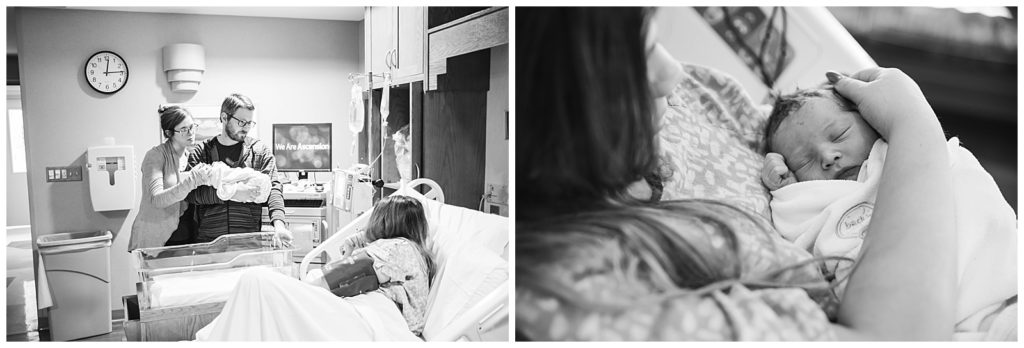
+ view the comments
